Bloomberg TV asks Where do you hide $50 billion of gold in Hong Kong?
The location is secret but the reason for building a new massive bullion vault in Hong Kong is not. According to Bloomberg, the decision by Malca-Amit to build the bullion vault was based on unrelenting physical demand for gold in Asia. During 2011, gold demand in China increased by 20%. In addition, customers vaulting their holdings want the gold to be kept close to home.
The new gold bullion vault is designed to hold 1,000 metric tonnes of gold, worth about $51 billion at today’s price. The vault already holds 2,400 tonnes of gold owned by gold exchange traded funds (ETF).
Beyond its importance as a storage location, the massive amount of gold holdings that the vault will eventually hold signals a fundamental change for the gold market. The massive holdings of Asian gold will shift price setting action away from the London and the U.S. exchange cartels which dominate and manipulate gold pricing.
 By
By 
 By
By 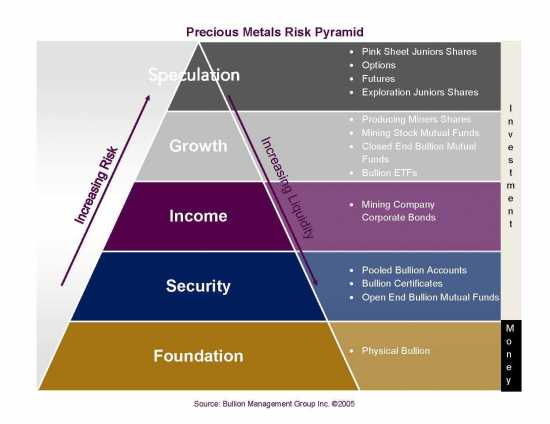
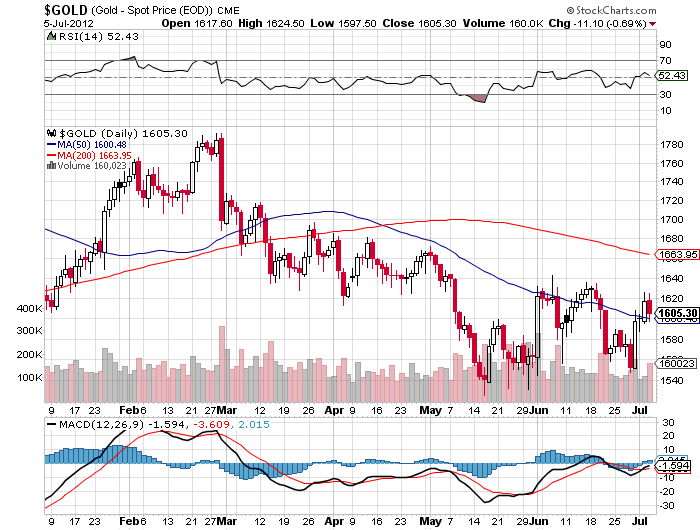
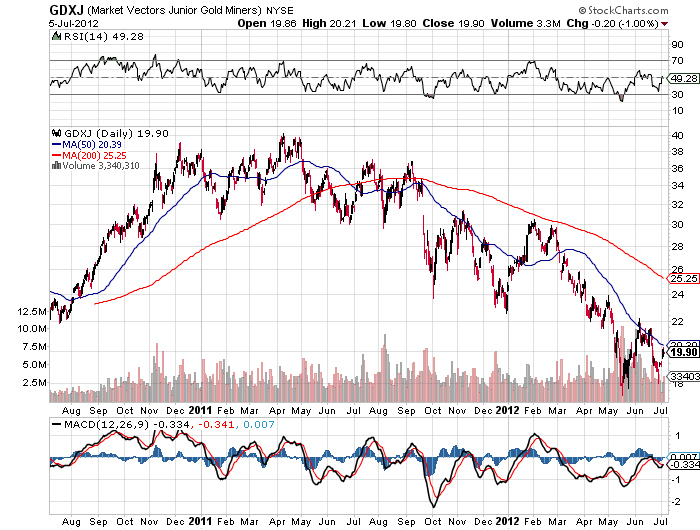
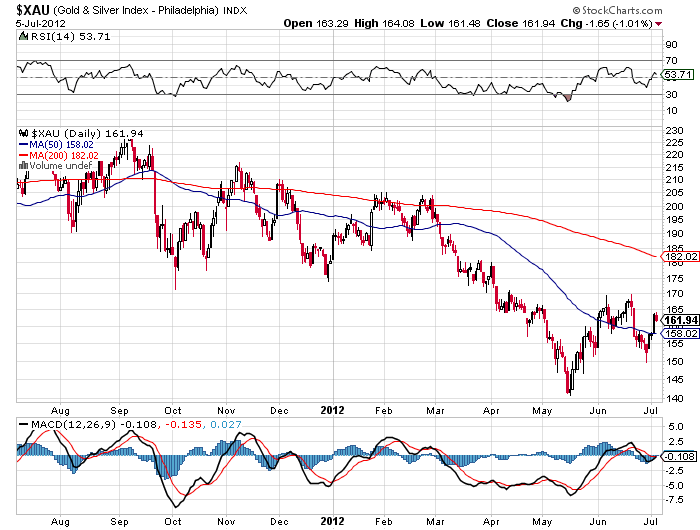

 According to the latest report from the U.S. Mint, sales of gold bullion coins increased by over 13% during June, while total sales of the silver bullion coins were essentially unchanged from May.
According to the latest report from the U.S. Mint, sales of gold bullion coins increased by over 13% during June, while total sales of the silver bullion coins were essentially unchanged from May.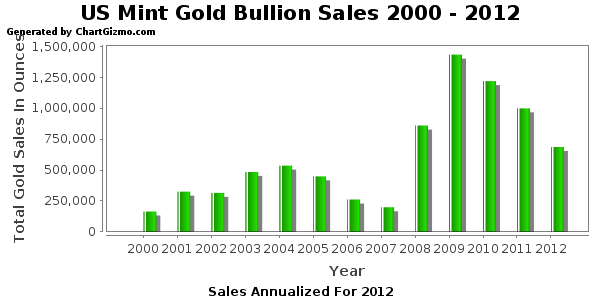
 John Paulson, hedge fund titan, seemed invincible in the opening days of 2011. Based on a huge bearish position in mortgage bonds, Paulson’s hedge funds earned an astonishing $15 billion during 2007.
John Paulson, hedge fund titan, seemed invincible in the opening days of 2011. Based on a huge bearish position in mortgage bonds, Paulson’s hedge funds earned an astonishing $15 billion during 2007.
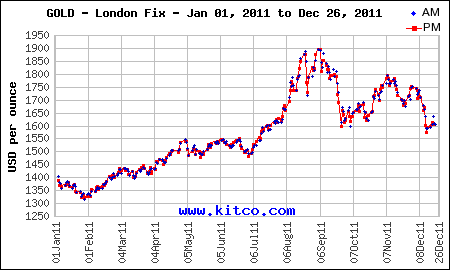
 Although Federal Reserve Chairman Ben Bernanke refuses to acknowledge that gold is money, another major regulatory agency views the value of gold money as a risk free asset for calculation of Tier 1 regulatory capital by banks. Meanwhile, as Ben Bernanke dismisses the value of gold, other central banks around the world continue to increase gold reserves. As the world financial system spirals closer to a complete breakdown, it is the holders of paper currencies that are squarely placed at the highest point of the risk spectrum.
Although Federal Reserve Chairman Ben Bernanke refuses to acknowledge that gold is money, another major regulatory agency views the value of gold money as a risk free asset for calculation of Tier 1 regulatory capital by banks. Meanwhile, as Ben Bernanke dismisses the value of gold, other central banks around the world continue to increase gold reserves. As the world financial system spirals closer to a complete breakdown, it is the holders of paper currencies that are squarely placed at the highest point of the risk spectrum.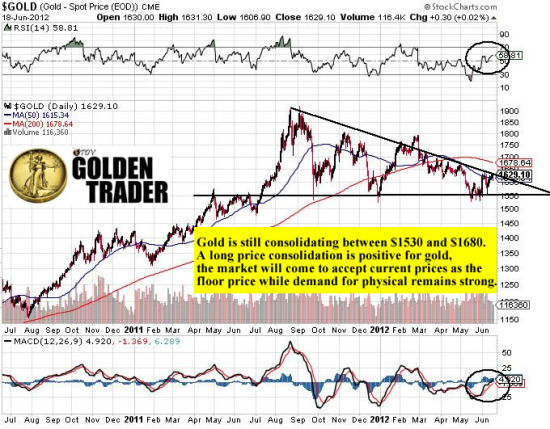
 According to Warren Buffett, the decade long rally in gold has been based solely on fear and the greater fool theory. Buffett, believed by many to be one of the greatest investors of all time, has gone out of his way lately to ridicule gold investors.
According to Warren Buffett, the decade long rally in gold has been based solely on fear and the greater fool theory. Buffett, believed by many to be one of the greatest investors of all time, has gone out of his way lately to ridicule gold investors.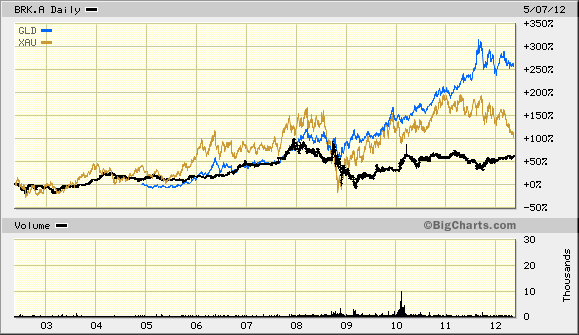
 The latest sales figures from the U.S. Mint show a continuing trend of lower gold bullion coin sales. Sales of American Gold Eagle bullion coins hit an all time high in 2009 when the Mint sold 1,435,000 ounces. During 2010, sales declined to 1.2 million ounces and in 2011 only 1 million ounces of gold bullion coins were sold.
The latest sales figures from the U.S. Mint show a continuing trend of lower gold bullion coin sales. Sales of American Gold Eagle bullion coins hit an all time high in 2009 when the Mint sold 1,435,000 ounces. During 2010, sales declined to 1.2 million ounces and in 2011 only 1 million ounces of gold bullion coins were sold.